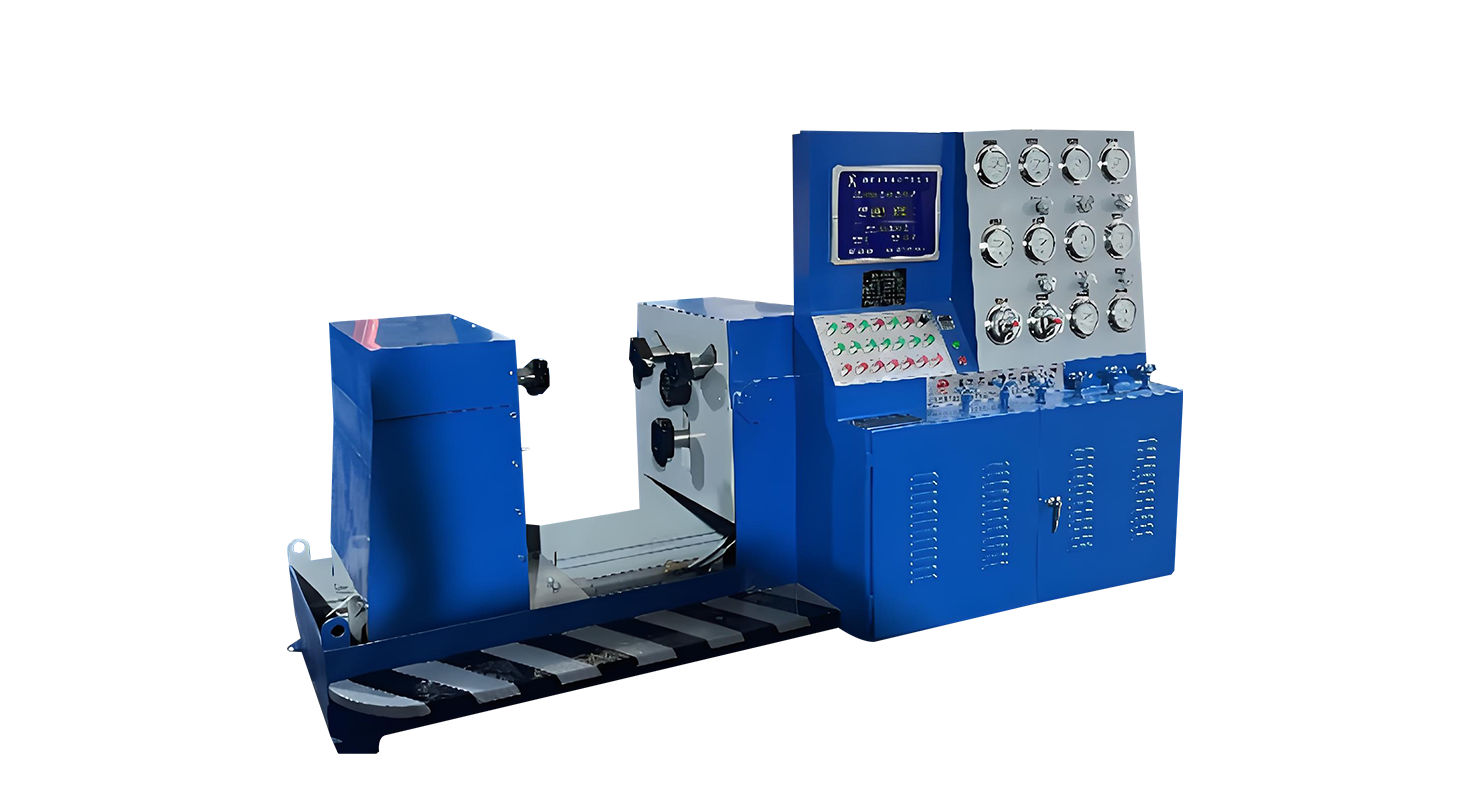Jul 11, 2025
ISO standards provide comprehensive frameworks for evaluating valves under controlled conditions. Among the most referenced documents are ISO 5208 and ISO 10497.ISO 5208 focuses on pressure testing of metallic valves to assess leakage rates under specified pressures.ISO 10497 outlines fire type-testing requirements for valves used in fire-safe applications.
These standards define acceptable limits for leakage, procedures for pressure application, and recommended testing durations. By following them, organizations can demonstrate that their products meet internationally recognized criteria for safety and performance.
In addition to ISO, national standards such as GB/T 13927 in China and EN 12266 in Europe complement ISO requirements. Companies often align their valve testing procedures with multiple standards to address different market expectations.

How Standards Shape Valve Test Bench Configuration
A valve test bench must be designed to support tests described in ISO guidelines. For example, ISO 5208 specifies pressure classes and leakage rates that require precise control of test pressure and accurate measurement systems.
A test bench configured for compliance typically includes:Adjustable pressure and flow controls to achieve the target pressure ranges;Sealing fixtures compatible with flanged, threaded, or welded valves;Digital monitoring tools to record and display test data such as pressure levels and leakage volumes.
Careful configuration ensures that the equipment can perform each test consistently. Additionally, test benches often incorporate safety mechanisms, such as relief valves and secure locking systems, to align with the operational safety principles stated in ISO documents.
Documentation and Traceability
Maintaining detailed records is another critical aspect of ISO compliance. Test results should be documented in a clear, traceable format that supports both internal quality assurance and external audits. Digital data logging capabilities built into modern valve test benches simplify this process by automatically storing key measurements.
For example, after a pressure test, the system can generate a report listing:Valve identification details;Test parameters (pressure, duration, media);Observed leakage rates;Pass or fail status.
This documentation provides evidence that the valve was tested according to recognized procedures, which is important when responding to customer inquiries or demonstrating compliance during inspections.
Benefits of Aligning with ISO Standards
Although ISO compliance is sometimes seen as an administrative requirement, it also delivers practical advantages for manufacturers and end users:
Consistency: Tests conducted according to ISO protocols produce repeatable results that can be compared across batches and facilities.
Credibility: Customers and regulators often view ISO-certified procedures as an indication of careful product validation.
Risk Reduction: Adhering to established standards helps identify potential performance issues before valves are installed in critical applications.
Market Access: Many buyers require suppliers to demonstrate compliance with ISO or equivalent standards as part of their procurement processes.
By integrating ISO principles into daily workflows, organizations can build trust and support long-term customer relationships.
Implementing Standards in Your Facility
To adopt ISO standards effectively, start by reviewing the specific requirements relevant to your valve types and pressure classes. Evaluate whether your current valve test benches have the necessary features to perform these tests accurately and safely. If gaps exist, consider upgrading equipment or adding supplementary tools to achieve compliance.
Training is another important element. Ensure that operators understand both the purpose of each test and the procedures described in ISO documentation. Well-trained teams are better equipped to carry out tests correctly and maintain proper records.